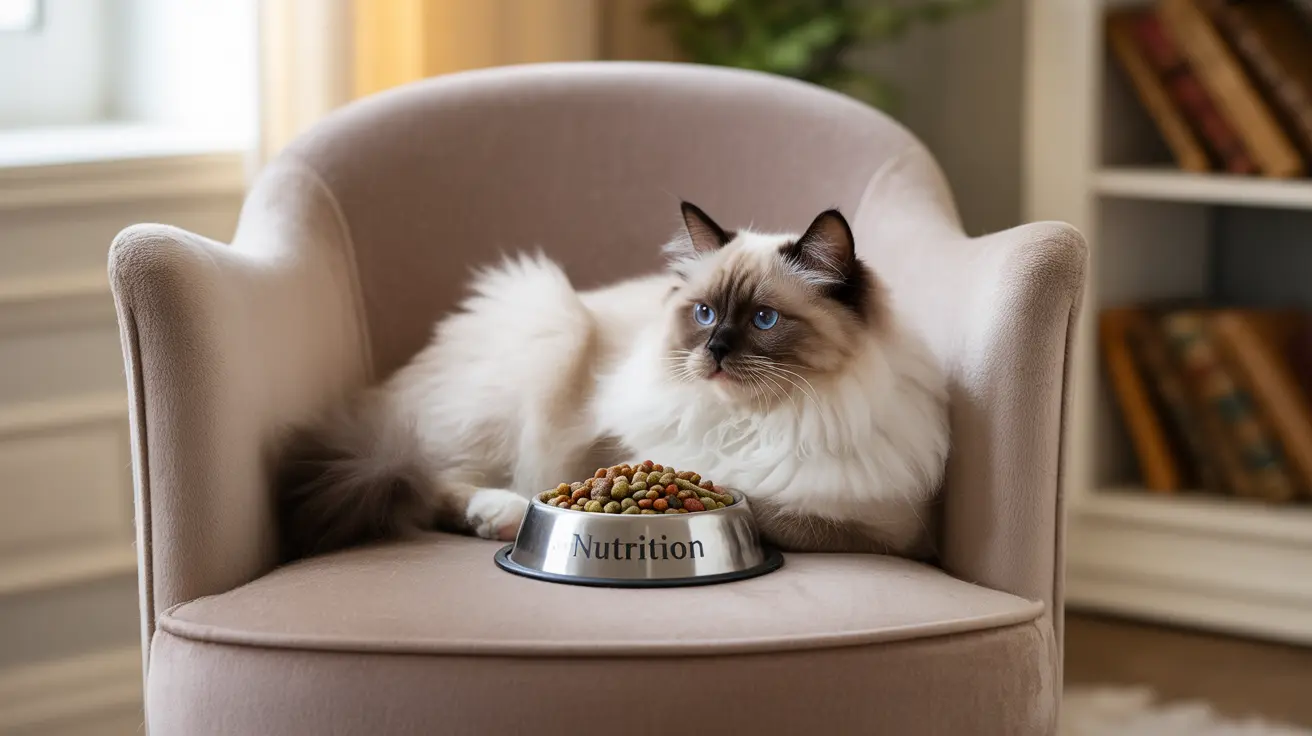What is the Quality of Life Scale for Cats?
The Quality of Life Scale for Cats, also known as the HHHHHMM Scale, is a valuable tool developed by veterinary oncologist Dr. Alice Villalobos to help pet parents and veterinarians assess a cat's well-being. This comprehensive evaluation system looks at seven crucial aspects of a cat's life: Hurt, Hunger, Hydration, Hygiene, Happiness, Mobility, and More Good Days Than Bad.
This evidence-based framework helps cat owners make informed decisions about their pet's care, particularly when facing challenging health situations or end-of-life considerations. By scoring each category from 1 to 10, caregivers can objectively track their cat's overall quality of life and make timely decisions about treatment options or palliative care.
Understanding the Seven Essential Categories
Pain Assessment (Hurt)
Pain evaluation is fundamental to the scale. Cats often hide signs of discomfort, making it crucial to watch for subtle changes in behavior, such as decreased activity, hiding, or unusual aggression. Your veterinarian can help determine appropriate pain management strategies if needed.
Nutrition Status (Hunger)
A cat's willingness and ability to eat are vital indicators of well-being. Monitor food intake, interest in treats, and any changes in eating habits. Some cats may require assisted feeding or appetite stimulants to maintain proper nutrition.
Hydration Maintenance
Proper hydration is essential for overall health. Signs of dehydration include sunken eyes, dry gums, or skin that doesn't quickly return to position when gently pulled. Some cats may need supplemental fluids, especially those with kidney disease.
Tracking Your Cat's Progress
Regular monitoring and documentation are crucial for effective use of the quality of life scale. Keep a daily or weekly log of scores in each category, noting any significant changes or concerns. A total score above 35 out of 70 generally indicates acceptable quality of life, while lower scores may signal the need for intervention.
Creating a Supportive Environment
Make environmental modifications to support your cat's changing needs. This might include providing easily accessible litter boxes, comfortable resting areas, and assistance with grooming when necessary. Regular veterinary check-ups help ensure your cat receives appropriate care as their condition evolves.
Frequently Asked Questions
What is the Quality of Life Scale for cats and how is it used to assess my cat's well-being?
The Quality of Life Scale for cats is a scoring system that evaluates seven key aspects of your cat's health and comfort. Each category is scored from 1-10, helping you objectively assess your cat's overall well-being. It's particularly useful for monitoring cats with chronic conditions or those receiving palliative care.
How do I score my cat using the HHHHHMM Quality of Life Scale and what do the categories mean?
Score each category (Hurt, Hunger, Hydration, Hygiene, Happiness, Mobility, More Good Days Than Bad) from 1-10, with 10 being optimal. For example, under "Hurt," a score of 10 means no signs of pain, while 1 indicates severe, uncontrolled pain. Add up all scores for a total out of 70.
When should I consider euthanasia based on my cat's Quality of Life Scale score?
Generally, a total score below 35 out of 70 suggests poor quality of life and may indicate the need to discuss euthanasia with your veterinarian. However, this decision should never be based solely on numbers – consider your cat's overall condition and consult with your veterinary team.
How can I track changes in my cat's quality of life over time using the scale?
Maintain a daily or weekly log of scores for each category. Use a notebook or downloadable tracking sheet to record scores and observations. This helps identify trends and makes it easier to share information with your veterinarian.
What are common signs of declining quality of life in cats that I should watch for during assessment?
Watch for decreased appetite, difficulty breathing, reduced mobility, poor grooming, withdrawal from family interactions, and signs of pain or discomfort. Also note changes in litter box habits, sleeping patterns, and overall engagement with their environment.
Conclusion
The Cat Quality of Life Scale provides an invaluable framework for monitoring your cat's well-being and making informed care decisions. Regular assessment, combined with veterinary guidance, helps ensure your beloved feline companion receives the best possible care throughout their life journey.






